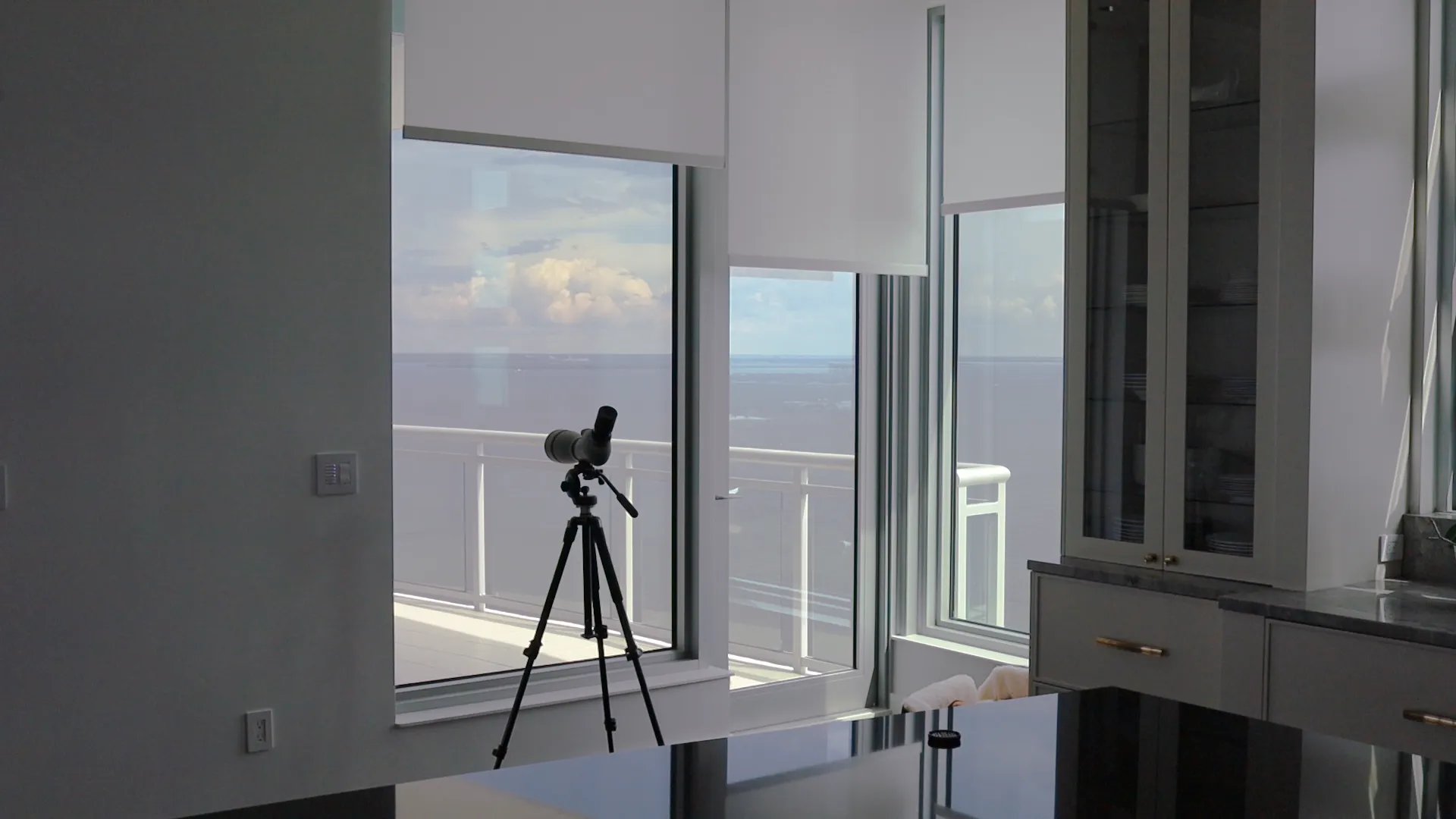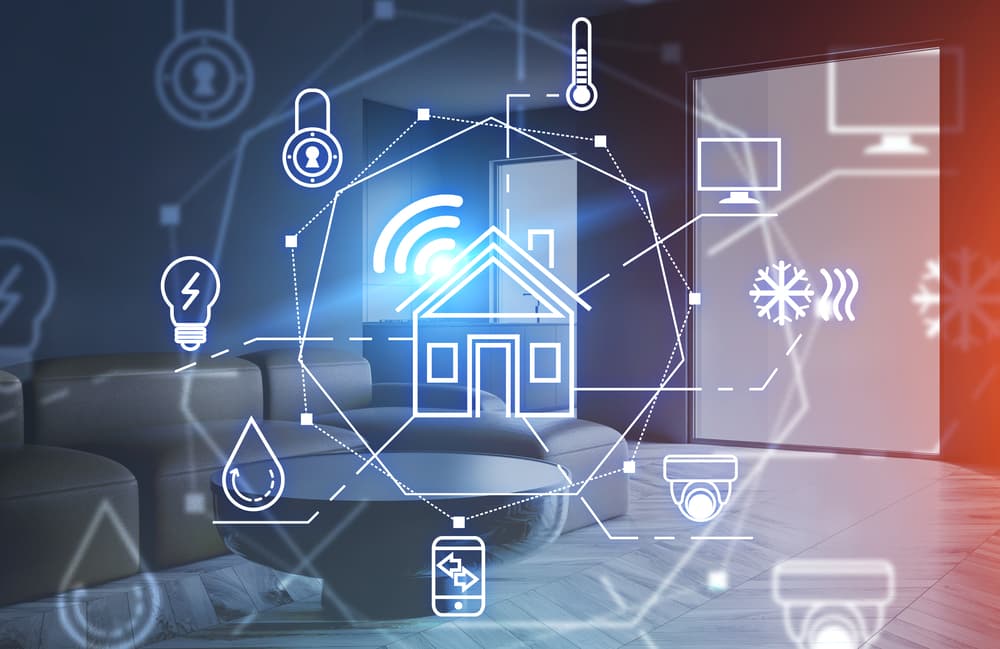The Effect of Home Automation on Modern Illumination Solutions: Developing Ambience and Convenience in Every Room
The introduction of home automation has actually essentially reshaped contemporary lights options, offering extraordinary levels of control and personalization. As we discover the nuances of this modern technology, the effects for our daily lives and future fads in wise illumination warrant further examination.
Evolution of Smart Lighting
The advancement of smart illumination has changed the means we illuminate our homes, relocating from traditional incandescent light bulbs to advanced, linked systems. The actual revolution began with the arrival of smart modern technology.

Smart lights systems incorporate wireless connectivity, allowing customers to manage their illumination with smartphones, voice aides, or automation methods. These systems make it possible for adjustable lights scenes, improved energy performance, and remote operation. The introduction of Net of Points (IoT) innovation has further accelerated this development, facilitating smooth integration with various other home automation devices.
Additionally, developments in sensing unit innovation have led to the advancement of flexible illumination solutions that reply to environmental modifications, tenancy, and individual preferences. This degree of interactivity and personalization was previously unattainable, therefore redefining the individual experience. As clever illumination remains to progress, it not only boosts visual appeal yet also transforms the practical dynamics of property rooms, paving the means for a more responsive and integrated home setting.
Benefits of Automated Illumination
Automated lighting systems supply many advantages that boost both comfort and power effectiveness in modern-day homes. Among the key benefits is the ability to manage lighting from another location through smart devices or voice-activated tools. This feature allows property owners to adjust illumination setups from anywhere, giving unequaled adaptability and ensuring that lights can be switched off or on as required, hence lowering power waste.
Power performance is additional maximized through the integration of sensors that discover occupancy and ambient light levels. These sensors can immediately change the lighting based upon the presence of individuals or the quantity of natural light available, therefore maximizing power usage and decreasing prices. Furthermore, automated illumination can be configured to comply with particular schedules, ensuring that lights are just energetic when required.
Furthermore, automated lights systems add to boosted safety and security. Therefore, automated lighting substantially improves both capability and convenience in modern-day homes.
Secret Attributes of Modern Solutions
Modern illumination solutions incorporate a series of ingenious attributes that enhance use and assimilation within smart home atmospheres. Among the most substantial qualities is the ability to control lighting from another location via smartphones or voice-activated aides. This functionality allows users to change illumination levels, switch lights on or off, and set routines from essentially anywhere.

An additional secret feature is the unification of clever sensing units, including motion detectors and ambient light sensing units. These make it possible for lights to immediately readjust based upon occupancy and all-natural light levels, advertising energy performance and convenience - home audio tampa. In addition, many modern-day systems use customizable color temperature levels and colors, allowing customers to produce certain moods or environments customized to different events
Assimilation with home automation ecological communities is likewise essential, enabling lights systems to communicate effortlessly with other wise devices, such as thermostats and safety company website and security systems. This interconnectedness cultivates an all natural strategy to home management. Progressed functions like geofencing make it possible for lights to run based on the user's location, improving both protection and power performance. These key attributes collectively add to a more instinctive, responsive, and customized illumination experience, reinventing exactly how we communicate with our home.
Popular Smart Lighting Systems
Discovering the landscape of prominent clever illumination systems exposes a diverse array of alternatives customized to meet different individual demands and preferences. Among the leading brand names, Philips Hue sticks out for its extensive series of adjustable clever bulbs and components, allowing customers to produce dynamic, mood-enhancing atmospheres through a straightforward app. Similarly significant is the LIFX range, which supplies top quality shade options without the need for a hub, making it a favored for those seeking simpleness and adaptability.

In Addition, Apple HomeKit-compatible systems, such as Nanoleaf, give special styles that not just work as lights but likewise as ornamental elements. Each of these systems brings special functions and compatibility choices, guaranteeing that consumers can find a service that aligns with their specific lifestyle and aesthetic preferences in modern-day home automation.
Future Trends in Home Automation
As modern technology continues to breakthrough, the future of home automation is positioned to undergo significant changes that will improve user experiences and simplify daily living. Among one of the most anticipated trends is the assimilation of expert system (AI) and artificial intelligence into smart home systems. These innovations will certainly allow tools to find out user choices gradually, allowing for more personalized and adaptive settings that respond intuitively to private demands.
Additionally, the Internet of Things (IoT) will certainly remain to increase, connecting a raising number of gadgets Check This Out within the home. This interconnectedness will assist in smooth communication in between lights, climate control, and safety systems, creating an alternative automation experience. Boosted voice control and natural language processing will additionally simplify customer communications, making it simpler to take care of modern technology through user-friendly commands.
Sustainability will certainly additionally play a critical function in future developments, with an emphasis on energy-efficient options that lessen ecological impact. Smart lights systems, for instance, will increasingly incorporate flexible controls that adjust illumination based upon natural light availability, optimizing power use (home theater installation tampa). With each other, these patterns this link will form a future where home automation not just improves benefit however additionally promotes a more reliable and lasting way of living
Verdict
In conclusion, home automation has actually changed modern lighting solutions, using enhanced ambience and unmatched ease. As innovations proceed to emerge, the future of home automation in lighting assures also better advancements, additionally enhancing the living experience.
The evolution of clever lights has actually changed the means we brighten our homes, relocating from traditional incandescent bulbs to sophisticated, connected systems.Smart illumination systems incorporate wireless connectivity, allowing individuals to manage their lights via mobile phones, voice aides, or automation methods. As clever illumination proceeds to evolve, it not only improves aesthetic appeal yet also alters the practical dynamics of domestic areas, leading the means for an extra incorporated and receptive home atmosphere.
Modern lights options include an array of ingenious attributes that enhance use and combination within wise home atmospheres.Combination with home automation ecological communities is also crucial, enabling lighting systems to communicate seamlessly with other clever devices, such as thermostats and security systems.